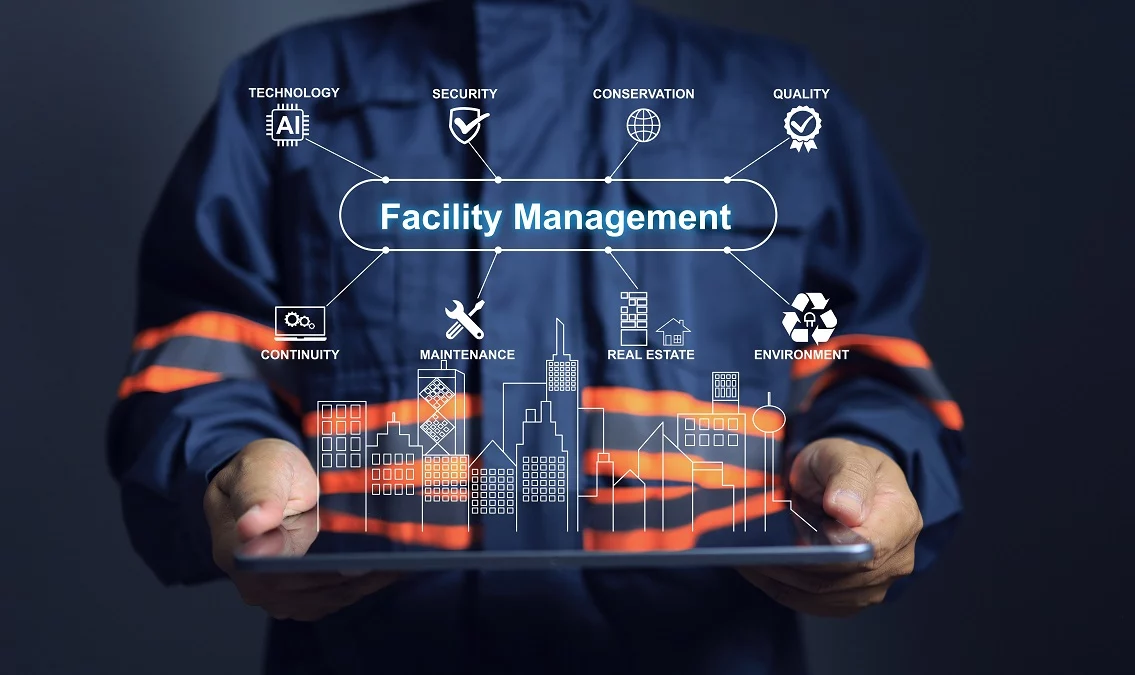Overseeing operations and maintenance of a building’s systems and equipment is a central function of facility management, ensuring the facility runs smoothly and efficiently. This responsibility involves managing various systems, including HVAC, plumbing, electrical, elevators, and fire safety systems, all of which are critical for the comfort, safety, and functionality of the building.
One of the first tasks of facility management is to establish a comprehensive maintenance plan for all systems and equipment. This plan should include routine inspections, preventive maintenance schedules, and emergency response protocols. Preventive maintenance is crucial as it helps prevent breakdowns and prolongs the lifespan of equipment, ultimately reducing repair costs and downtime. For example, regular servicing of HVAC systems can enhance energy efficiency, ensure proper temperature control, and extend the life of the units. In contrast, neglecting such systems can lead to costly repairs and reduced occupant comfort.
A facility manager must also ensure that systems are compliant with local safety and regulatory standards. This involves keeping up with certifications, inspections, and necessary upgrades. For instance, fire safety systems like alarms, sprinklers, and extinguishers must meet fire code requirements. Ensuring compliance not only minimizes legal risks but also guarantees the safety of building occupants.
Furthermore, technology plays an increasingly important role in overseeing building operations and maintenance. Smart building systems allow facility managers to monitor equipment performance in real-time, detect malfunctions, and even automate certain processes. For example, sensors can track the energy usage of HVAC systems and adjust settings based on occupancy levels, optimizing energy consumption. These innovations not only reduce operational costs but also contribute to sustainability goals by minimizing the building’s environmental footprint.
Budgeting is another critical aspect of managing building systems and equipment. Facility managers need to balance the costs of routine maintenance, repairs, and system upgrades. Often, managers must make tough decisions about when to repair versus replace aging equipment. While replacing an old system may be costly upfront, it can offer long-term savings by improving energy efficiency and reducing maintenance costs. Facility managers must also account for unexpected expenses that may arise from system failures or unanticipated repairs.
In addition to system maintenance, the physical infrastructure of the building itself requires regular attention. Structural elements like roofs, windows, and walls must be inspected periodically for wear and damage. Ignoring these elements can lead to issues such as leaks, mold growth, or compromised building integrity, which can be costly to fix and may disrupt operations.
The role of facility managers extends to coordinating with vendors and contractors to perform maintenance and repairs. This involves negotiating contracts, ensuring service quality, and overseeing the work performed by external parties. Strong relationships with reliable vendors can streamline operations and ensure that necessary services are performed on time and within budget.
Energy management is another critical component of overseeing building systems. Facility managers are often tasked with identifying opportunities to reduce energy consumption and improve efficiency. This might involve retrofitting lighting systems, upgrading HVAC equipment, or installing energy management software. Energy efficiency improvements not only reduce operational costs but also align with environmental sustainability goals, which are increasingly important for businesses looking to minimize their carbon footprint.
Emergency preparedness is also a key consideration when managing building operations. Facility managers must ensure that all systems are capable of functioning in an emergency, such as a power outage or natural disaster. This includes having backup power systems, emergency lighting, and disaster recovery plans in place. Routine drills and system tests should be conducted to ensure that staff know how to respond to emergencies, and equipment should be regularly tested to confirm it is in working order.
Communication is vital in facility management, both with building occupants and with stakeholders. Facility managers need to keep tenants or employees informed of scheduled maintenance, potential disruptions, and any safety hazards. Clear communication helps manage expectations and minimizes inconvenience. Additionally, facility managers must regularly report to organizational leaders, providing updates on the status of building systems, budgeting, and any major issues or projects that require attention.
Technology can also assist with communication and tracking operations. Many facility managers use computerized maintenance management systems (CMMS) to schedule tasks, track the condition of equipment, and manage work orders. A CMMS can streamline the maintenance process, ensuring that all tasks are completed on time and providing a central database for all facility-related information. This technology improves overall efficiency and allows for better long-term planning by analyzing data on system performance and maintenance trends.
Finally, sustainability has become a key priority in facility management. As organizations seek to reduce their environmental impact, facility managers must assess how building systems can be optimized to conserve resources. This could involve adopting green building standards, implementing water conservation measures, or pursuing certifications such as LEED (Leadership in Energy and Environmental Design). Sustainable facility management not only helps the environment but also reduces operating costs and can enhance the organization’s reputation.
Overseeing the operations and maintenance of a building’s systems and equipment requires a proactive, strategic approach. Facility managers must balance preventive maintenance with reactive repairs, ensure compliance with safety regulations, and leverage technology to optimize efficiency. By focusing on sustainability, energy management, and effective communication, facility managers can create a well-maintained, efficient facility that supports the organization’s long-term goals.
Contact Info: Gulfektimal




